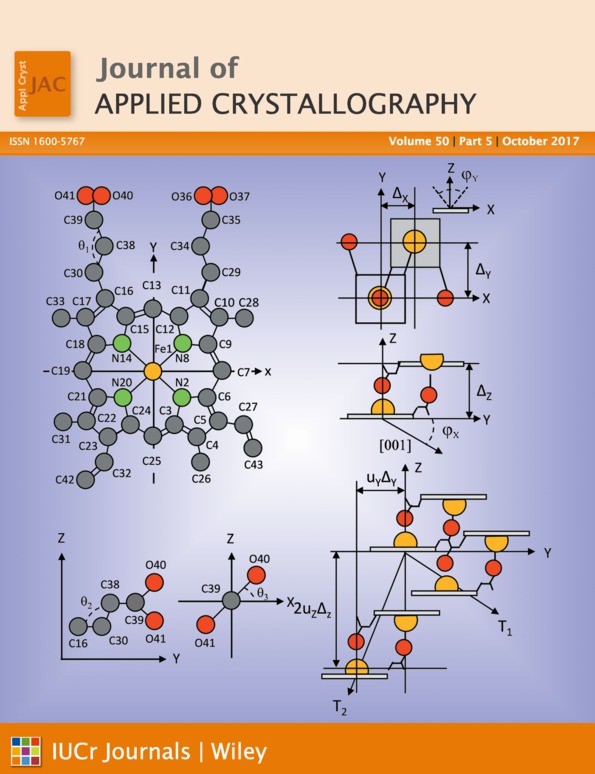Improved performance of crystal structure solution from powder diffraction data through parameter tuning of a simulated annealing algorithm
Abstract
Significant gains in the performance of the simulated annealing algorithm in the DASH software package have been realized by using the irace automatic configuration tool to optimize the values of three key simulated annealing parameters. Specifically, the success rate in finding the global minimum in intensity χ2 space is improved by up to an order of magnitude. The general applicability of these revised simulated annealing parameters is demonstrated using the crystal structure determinations of over 100 powder diffraction datasets.




